Buaisou, Indigo Dyes from Leaves to Jeans
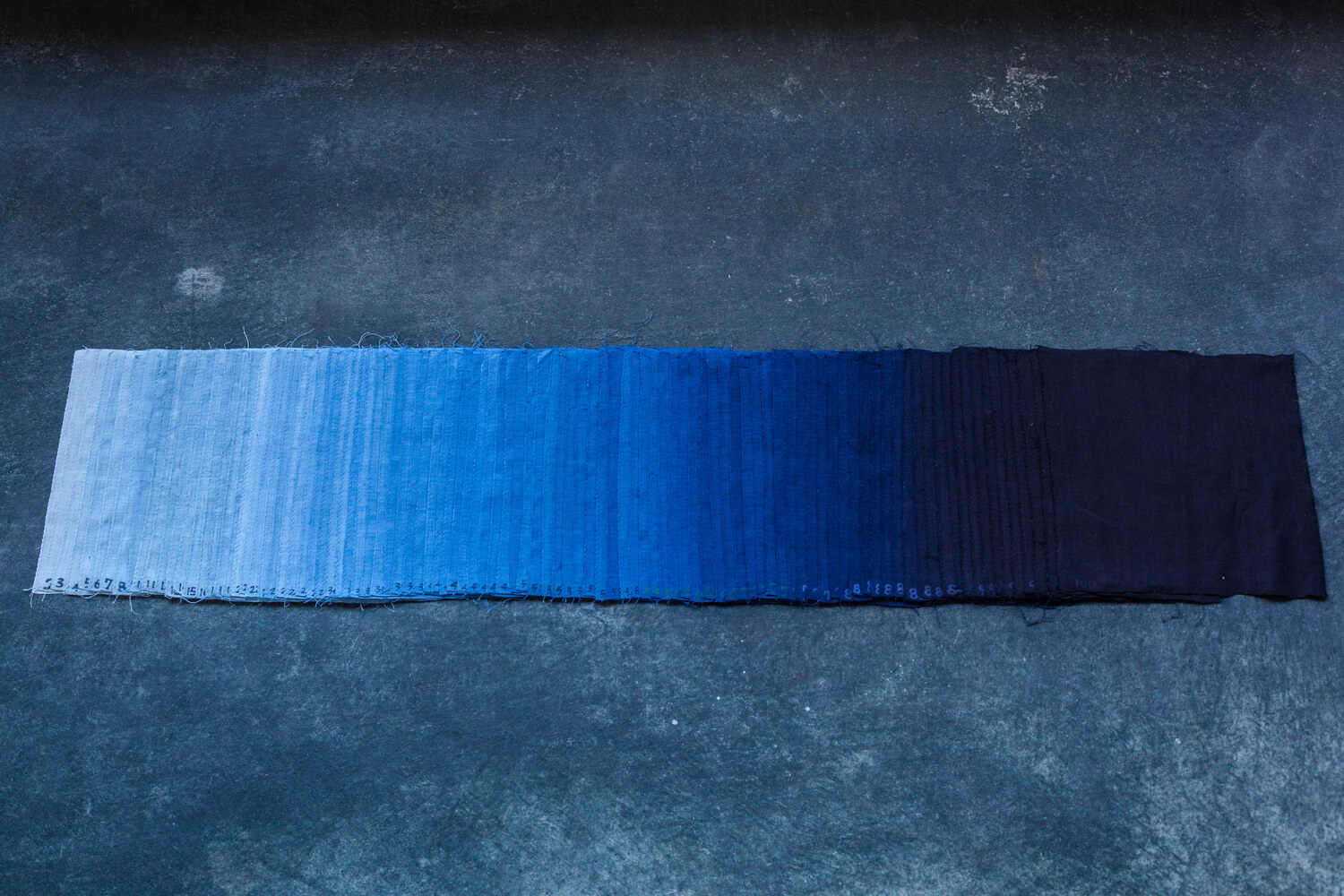
©Kyoko Nishimoto/BUAISOU
While indigo dye has been produced since the 19th century in Japan, it was only in the early 20th century that it became widespread. It took off most prominently in Tokushima, 600 kilometres from Tokyo on the island of Shikoku. At the time, there were almost 2000 cultivators, today there remain only five. Among them are the craftsperson collective Buaisou, whose mission is to preserve the ancestral art of indigo blue dye.
Buaisou was created in 2015 by Kakuo Kaji who responded to an open call from the Japanese Ministry for Education, offering to train up to two people in the craft of indigo dye. The aim was to preserve this art form before it was lost forever. Buaisou was born, establishing itself as a collective of farmers and dyers who follow through the whole process from start to finish.
‘At Buaisou, we are involved in every step”, says Kaji. “From planting the indigo seeds to producing the dyes and to dyeing the fabric’.
Indigo, the unique art, rooted in Japanese culture
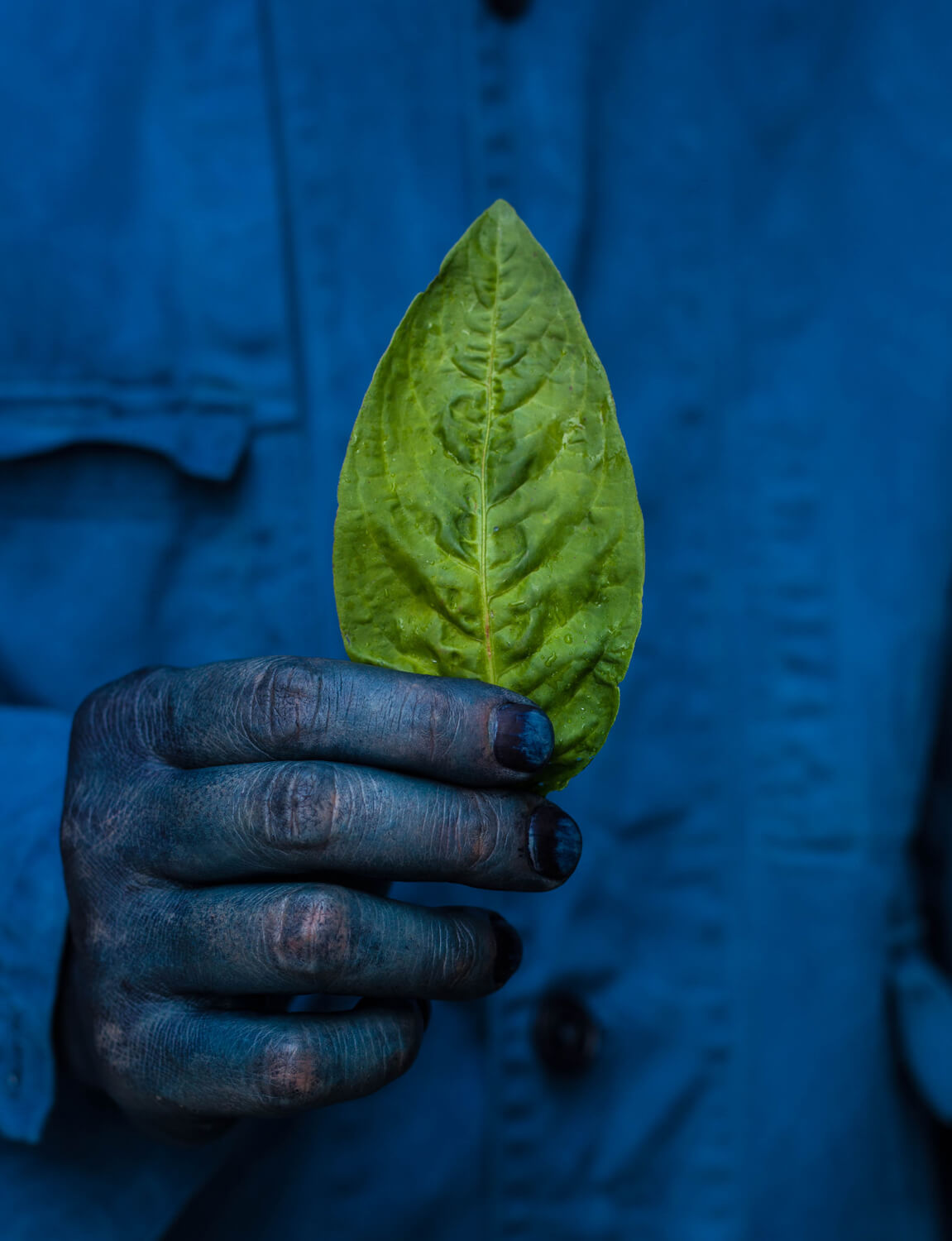
©Kyoko Nishimoto/BUAISOU
The founder explains how he became interested in indigo dye at the age of 17 years old. ‘I moved from Aomori to Tokyo to study textile design at Zokei University. This is when I first became interested in indigo dyeing. I fell in love with the process and the patience it requires – it is unique compared to other forms of plant dyeing in that it takes significantly more time. It is an art form.’
Today, Buaisou is run by six people. Five craftsmen who are responsible for farming and dyeing, and Kaji, the director of the team. ‘We wanted to create the colour all by ourselves’, he explains. ‘Everything is done on-site at our farm, as much as possible’.
It is a lengthy process which can take over a year and a half to complete, ‘From seeding to finishing composting indigo leaves to make indigo dye (Sukumo), it’ll take over a year. Then we have to dry our indigo dye out, which will take about half a year’, Kaji adds.
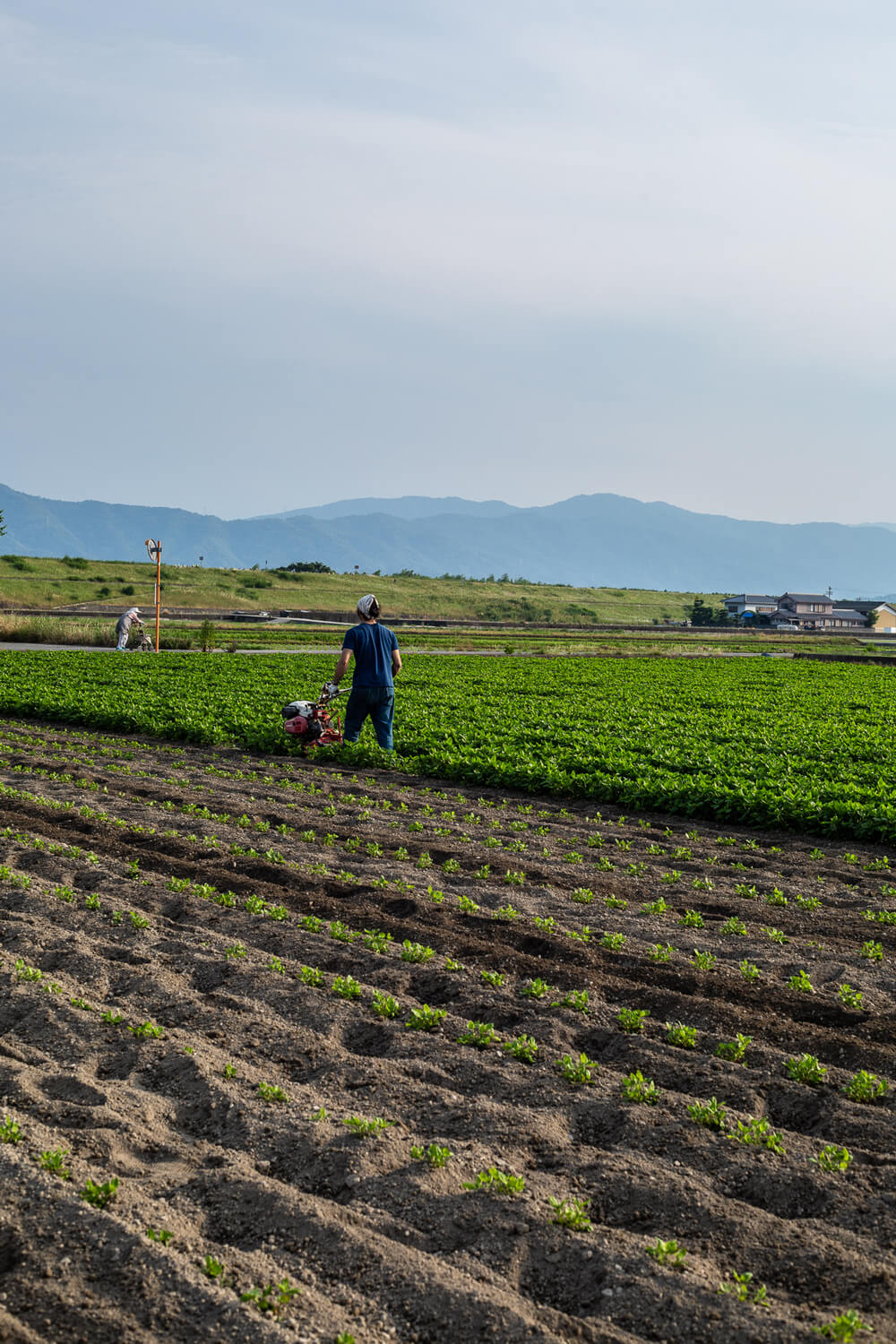
©Kyoko Nishimoto/BUAISOU
With a unique approach, completely devoted to indigo dying, Buaisou attracts worldwide interest, organising workshops with artists, designers, professors, students, tourists and even celebrities such as Kanye West.
‘We have many inquiries from all over the world’, tells Kaji. ‘Most people don’t know what the indigo is. Whether it’s synthetic indigo powder from abroad or indigo paste from abroad, people just call it “indigo”. We’re all about education’. The workshops allow visitors to create the indigo dye only from indigo leaves, lye, bran and shell lime in order to produce a natural pigment which can be used for all sorts of artistic purposes.
Going from strength to strength, since 2018 Buaisou has been producing their own hand-dyed jeans. ‘Our future goal is to grow our own cotton and weave it ourselves’, says Kaji. This is all part of the broader project of raising awareness about indigo dye across Japan and modernising attitudes in order for the craft to continue to be passed down through generations.
For more information and to participate in a workshop, click here.
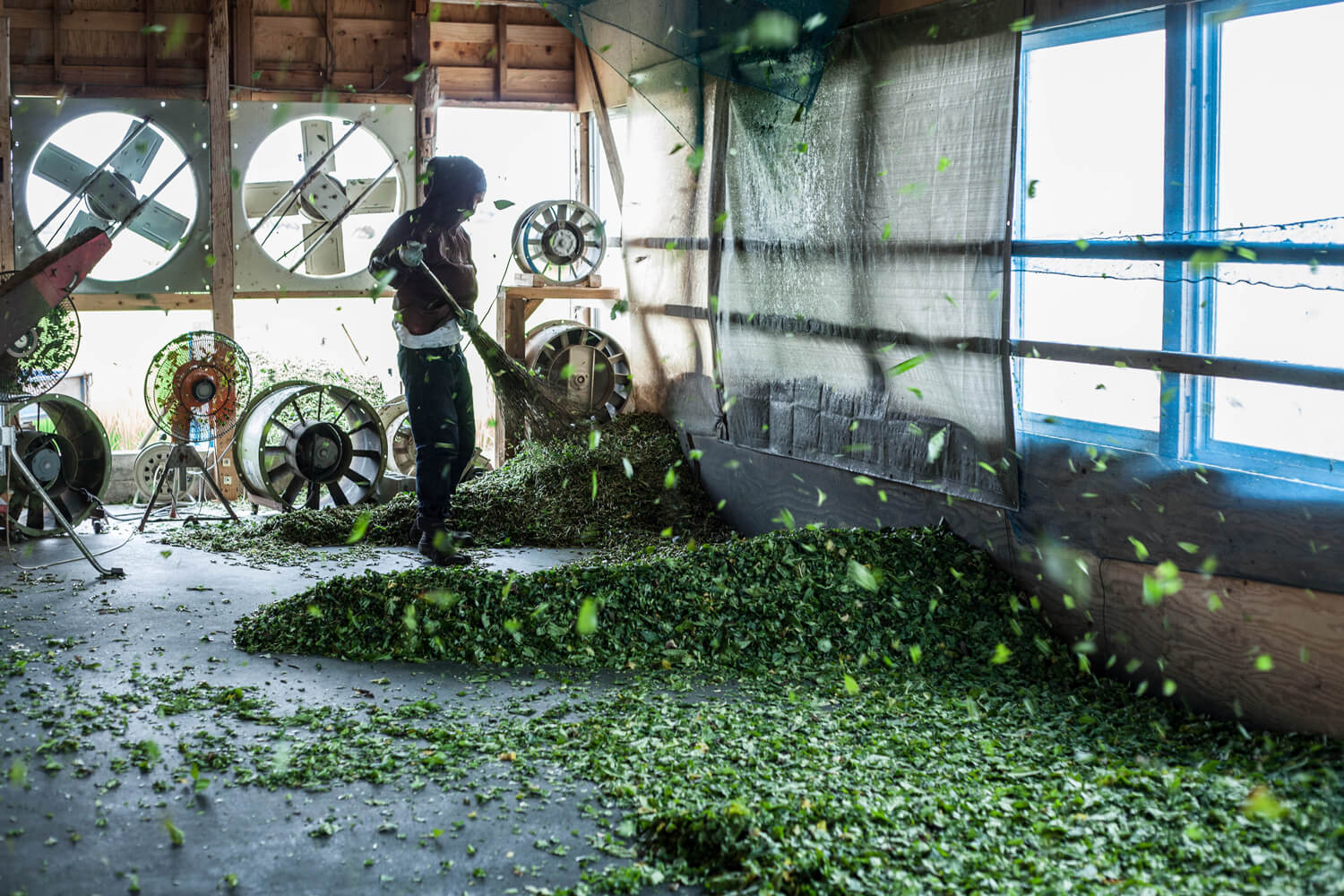
©Kyoko Nishimoto/BUAISOU
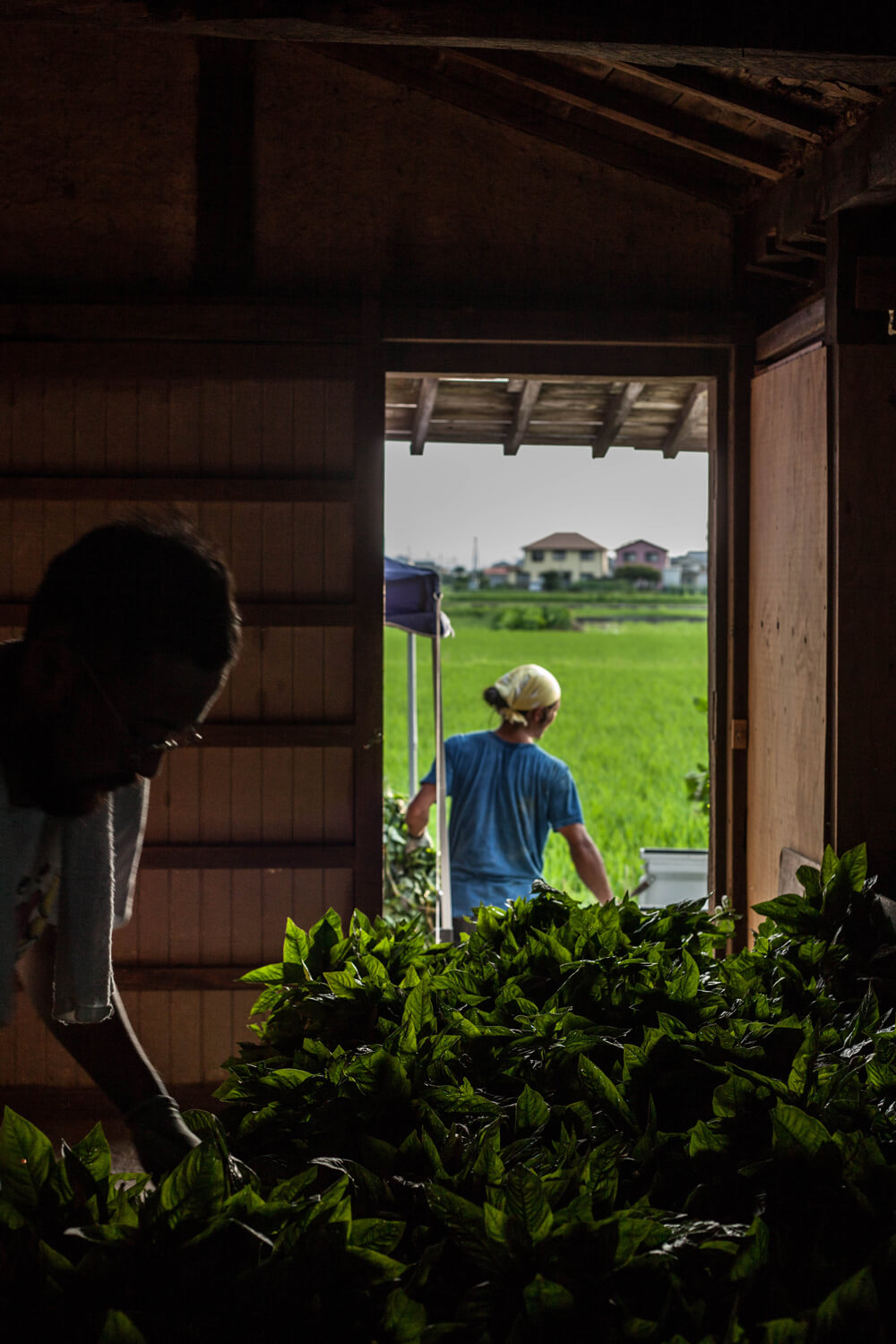
©Kyoko Nishimoto/BUAISOU

©Kyoko Nishimoto/BUAISOU
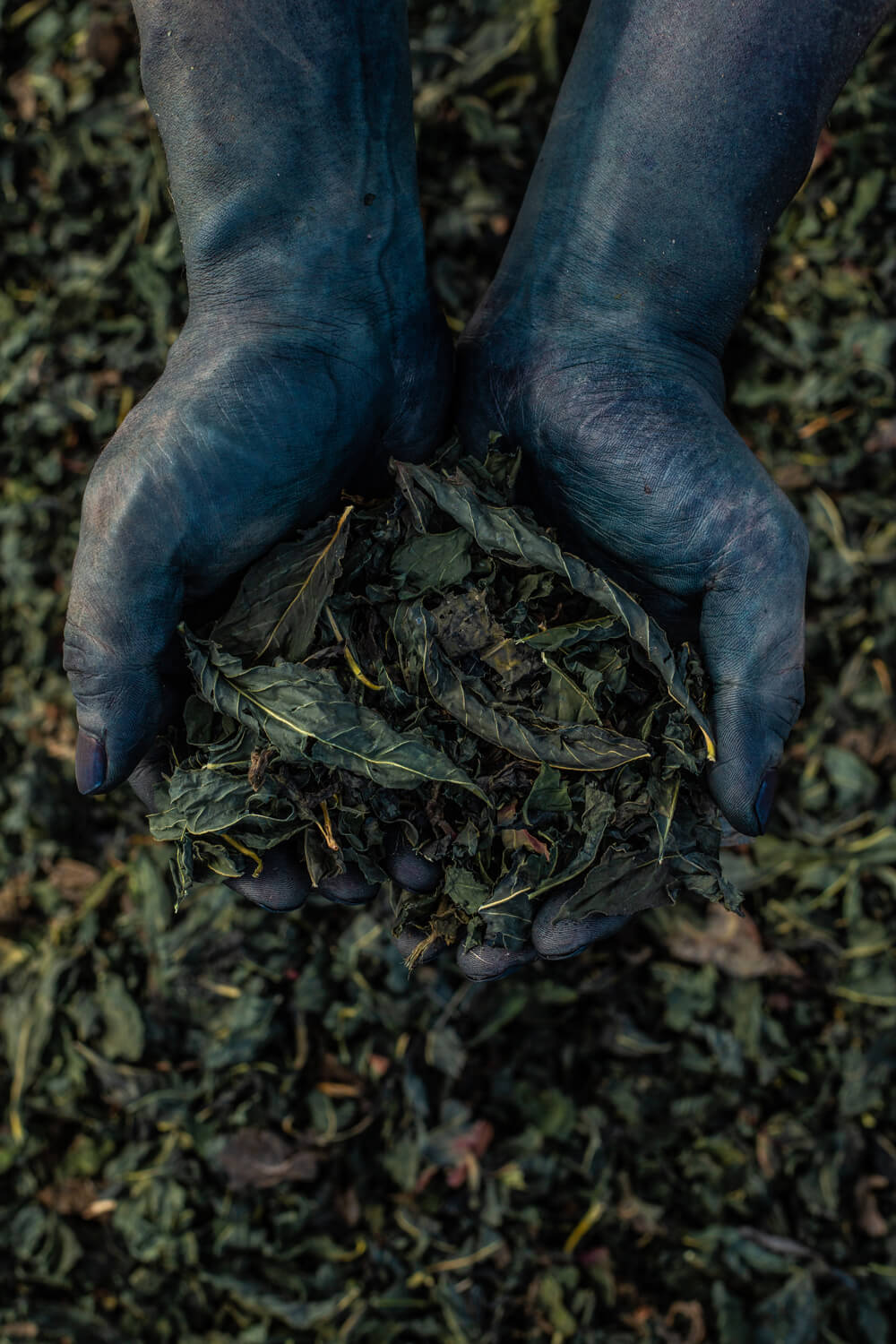
©Kyoko Nishimoto/BUAISOU
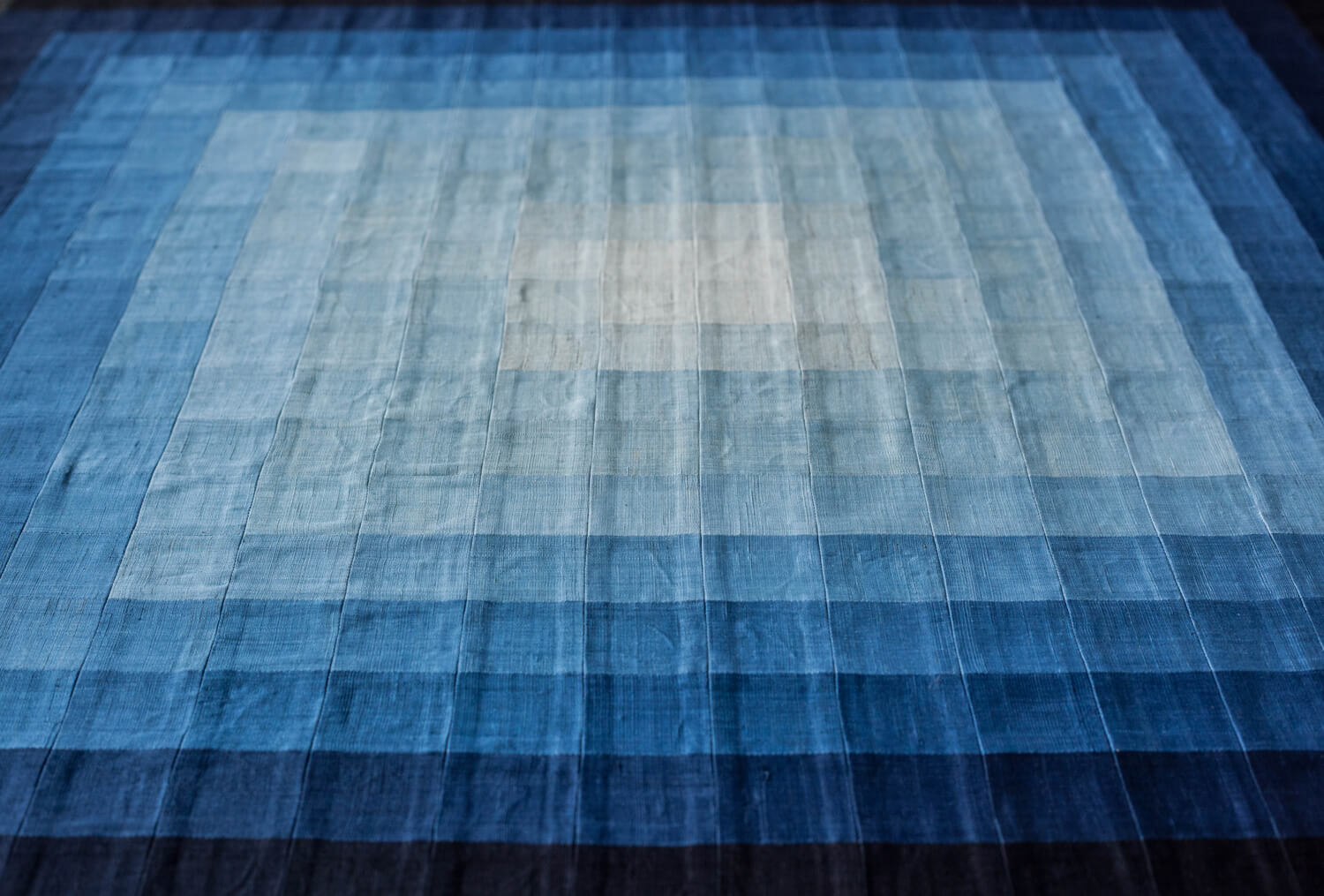
©Kyoko Nishimoto/BUAISOU
TRENDING
-
The Tattoos that Marked the Criminals of the Edo Period
Traditional tattoos were strong signifiers; murderers had head tattoos, while theft might result in an arm tattoo.

-
‘Shojo Tsubaki’, A Freakshow
Underground manga artist Suehiro Maruo’s infamous masterpiece canonised a historical fascination towards the erotic-grotesque genre.

-
The Story of Sada Yacco, the Geisha who Bewitched Europe
Described by Dazed magazine as the first beauty influencer, she has been restored to her former glory since 2019.

-
Ito Jakuchu's Naturalist Paintings
From 15 September until 14 October 2018, the Petit Palais showcased the artist's iconic ‘Images of the Colourful Realm of Living Beings’.

-
Chiharu Shiota, Red Threads of the Soul
Last year, more than 660,000 people visited the retrospective 'Chiharu Shiota: The Soul Trembles' exhibit at the Mori Art Museum.





